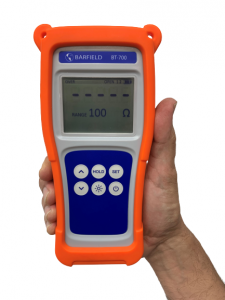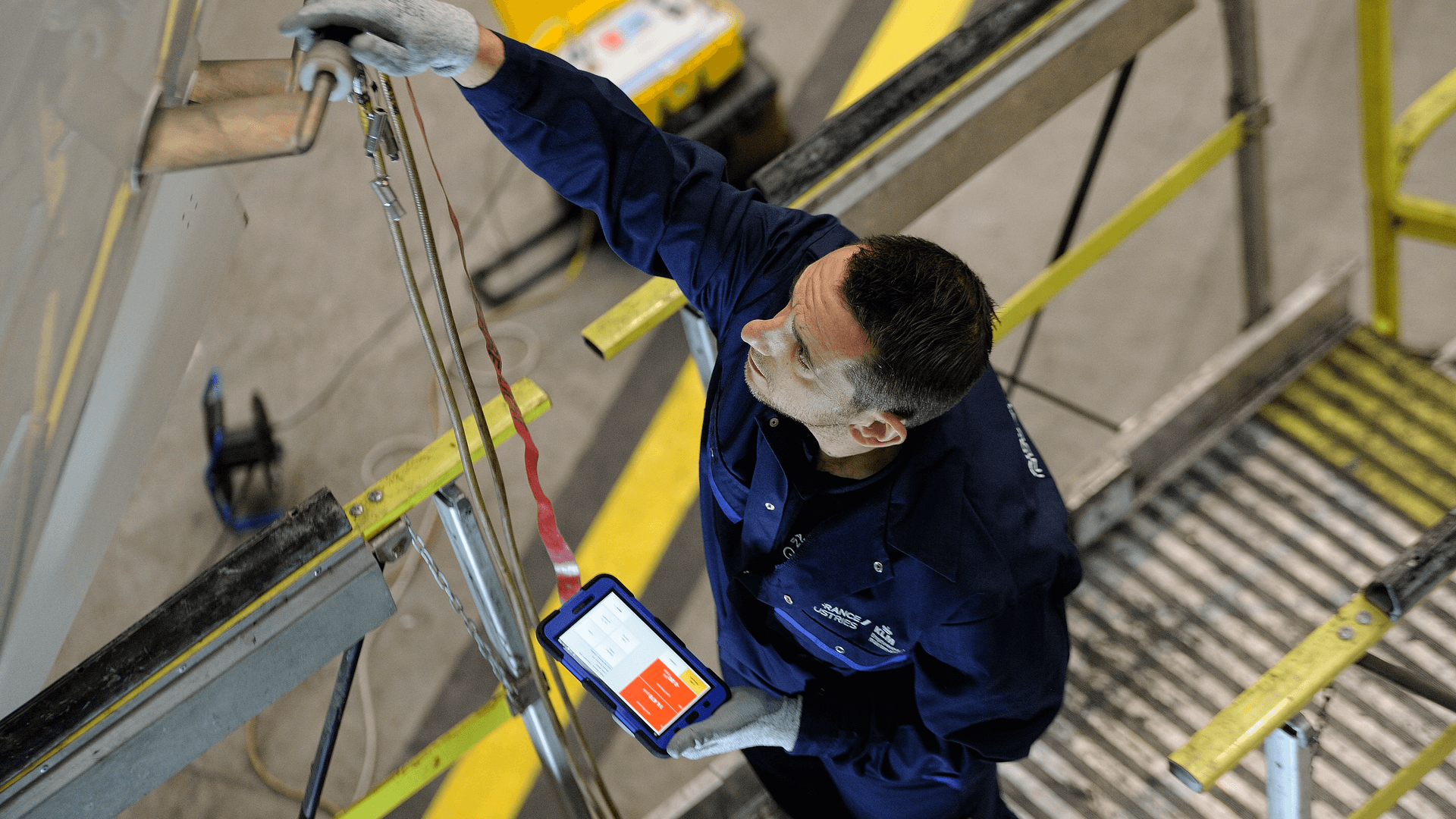
How The Next Generation of Bond Meters Are Helping Aviation Technicians?
Every avionics technician understands the importance of proper grounding to prevent damages to the instruments, especially if hit by lightning.
Bond meters are a special tool used in aviation to measure low resistance. Their purpose is to measure proper bonding and aircraft grounds. Thus, minimizing damages of expensive and complex systems; increasing aviation safety.
Why not use a multimeter to measure grounds?
It seems ubiquitous to use a multimeter also to measure grounds, but the range of a standard multimeter may not meet many aviation requirements.
A standard multimeter can only measure resistance as low as 0.1Ω that is 100mΩ.
This is not enough!
Some aircraft manuals require 2.5 milliohms (2.5mΩ) for correct ground measurement. If using the standard multimeter, the measurement is 40 times higher than required by the manual!!!
What is The Difference Between a Bond Meter and a Multimeter?
The multimeter can measure resistance, capacitance, voltages, and current. When measuring low resistance, a standard multimeter is limited by the level of range and the introduction of additional resistance from the pair of leads. The additional resistance is caused by the 2-wire measurement method as shown below.

2-wire measurement**

4-wire measurement**
A 4-wire measurement, also called a 4-wire Kelvin testing, provides the proper ground measurement as follows:
Out of the four (4) wires, two (2) provide the current to the Device Under Test (DUT), and the other two (2) measure the voltage over the DUT.
This way, the measurement is taken exactly between the desired points. Thus, eliminating the added resistance from the standard pair of leads used in the multimeter.
What makes the BT-700 and BT-700i unique?

The BT-700 and BT-700i (intrinsically safe) offer some great features in comparison with legacy bond meters.
- Durable, versatile with intuitive user-interface.
- Battery life of 100 hours in standby, 50 hours in 10 mΩ range*
- Four and one-half (4½) digit LCD with LED Backlight
- Easy to clean
- Automatic and manual HOLD modes
- Programmable test limits with OK and FAIL annunciator
- OVER and UNDER annunciators
- Open lead and DUT (Device Under Test) detection
- Durable: Meets MIL-PRF-28800F, Class 2 requirements
- Optional Tilt Stand/Magnet/Hanger
*Factors such as range, backlight, and use of the optional display probe will affect battery life.
** Images sourced from cirris.com.
Display Probes With a Hold Mode?
This unique feature allows an aviation technician to read a measurement at the fingertips, with the option to hold the value and see have an annunciator button set to the right threshold.

Just imagine how fast measurements of grounds throughout the aircraft can be taken. Just set the threshold, and start measuring
If you are interested to learn more about it? Download the manual below


Recent Comments